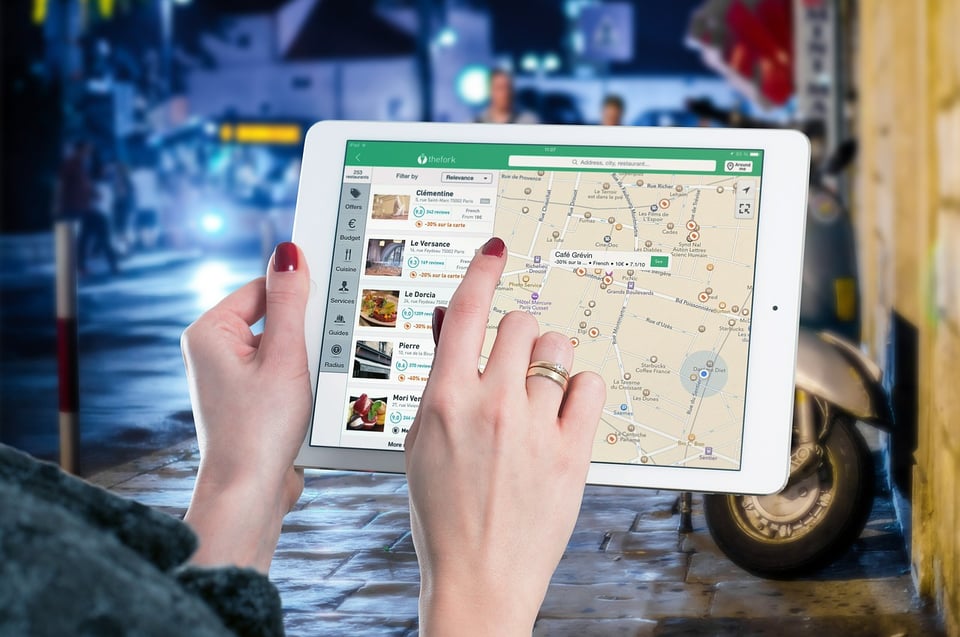There is a catastrophic problem that is causing businesses to fail financially in this economy I'm going to tell you what I'm seeing, how to identify it, and how to fix it. I am one of the partners here at Ignite Spot outsourced accounting, and we have the blessing and (sometimes the curse) of seeing what's happening out in the business world. It is both exciting and scary. My goal with this blog is to help you be as financially prepared as possible and to help you grow real wealth in your companies.
In my 16 years in this business I have found that most business owners are defining our success based on Topline Revenue. The question is always, “How much does your business sell?” with the idea that the bigger that number is, the more successful you are. As an accountant and business owner who sees the numbers from both sides of the picture, I couldn’t disagree more with this belief.
How to Create Wealth?
One of the challenges of being an entrepreneur is that our ego is tied up in the success of the business, and the higher the revenue number is, the better we think we are doing as entrepreneurs. If you are guilty of this and have business goals that sound something like “Make $10,000,000 in sales by 2030”, I'm urging you to toss that goal down the drain—and turn on the garbage disposal.

You might be wondering, “If we are not supposed to gauge our success off of total sales, what should we be gauging it off of?” It’s simple, the only measurement of success for a business is the amount of wealth you create. My job as your accountant is to help you protect your cash flow and to help you build a wealthy and financially viable business. Otherwise, why are we out in the field closing deals if we have nothing to show for it at the end of the day? So we're going to track wealth and not care as much about Topline Revenue. The more you sell, the busier you get, so if you're not keeping any of that wealth, your business cannot survive.
What is your net cash flow?
Here’s a conversation I recently had with a business owner looking to hire us.
“How's your business going?”
“We are doing great! We are a $10 million company, and I'm so excited about where we're headed.”
“Wow! That is fantastic. How much of that $10 million are you keeping?”
“I don't really know how much we're keeping, but we're going to be a $20 million company next year. I’ve got big plans.”
My job at Ignite Spot is client acquisition, so I bring new clients into the firm. On almost every call I get on with our sales team, I am always shocked to learn that most of the business owners we are speaking with can easily tell me how much they're selling per year, but have no clue what their net cash flow is.
So here's net cash flow as it stands.
When we think about cash coming in, entrepreneurs often get lost in the sauce with questions like “What about my receivables?” and “What about my interest on my loans?”. Put these questions in the back of your mind for this, and follow along as I break this out into step-by-step goals to know your wealth.
Goal Number 1: How much cash is coming in the door?
Make your primary focus “Hard Collections”. In other words, focus on what you are collecting in cold hard Benjamins on a monthly basis. If you have an accountant, they can help you figure this number out. Worst casenario, you can look at all the deposits coming in on your bank statement and use that as a starting point.
Goal Number 2: Figure out how much cash is going out the door.
Look at all of your fixed costs. Fixed costs are simply the things that you must pay for every month, no matter what. Examples of fixed costs are your staff, rent, insurance, etc. List those out and figure out the exact dollar amount that you are required to pay each month.
As part of goal number 2, it is essential to list all of the bills coming in because of projects you've committed to in the future, such as a new location launching or a new marketing campaign for which you’ve already signed a contract. Lay all of that cash expenditure out and figure out what that's going to cost every month.
The formula: Cash In - Cash Out = Net Cash Flow
Whatever your result, we want that number to be positive. Here’s an example equation: Let's say you've done $100,000 in cash-in, and your cash-out expenditures add up to $25,000 cash-out. That's a net cash flow of $75,000, which is excellent! Now, if it's the other way around and you've got $100,000 cash coming in every month, but you're spending $110,000, you're now upside down by ten grand every month. A big-dreaming entrepreneur might think this number is okay because of a major deal coming down the pipeline or a large sum of receivables floating around. But we cannot factor in any of that. As your accountant, my job is to ensure you keep your business doors open. So until that money comes in, it doesn't exist.

You Have a Super Power!
Now that you know your net cash flow, you have a superpower. Most entrepreneurs cannot tell you this number. Even if your number is negative, you’re still doing better than most business owners because now you know and can make cash-based decisions and build real wealth.
To increase the value of your business, your assets must remain higher than your liabilities, and selling more doesn't affect that. Become a cash flow connoisseur and build a wealthier business.
If you are ready to become a cash flow connoisseur and learn other methods to become a more informed business owner, book time with an accountant below to see how Ignite Spot can help you get there.














.png)


